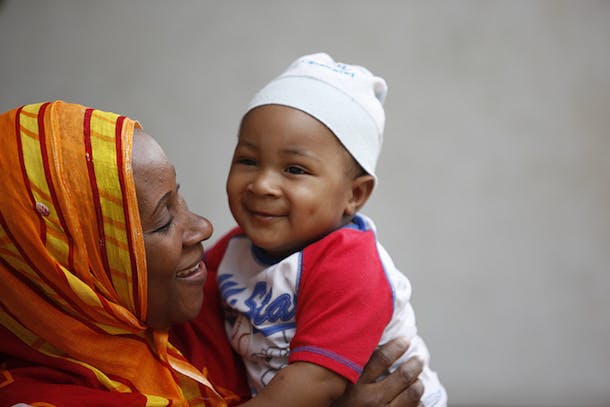
By Renuka Gadde, Vice President, Global Health, BD
A health center in the Morogoro region of Tanzania is staffed by a single midwife. She is trained to refer patients early if any complications arise during labor, but the referral system is not robust. The patient – now in a complicated stage of labor – would have to walk from the clinic, high on a hill, to the nearest road about 10 kilometers away, to then catch a public bus for a 40-minute ride to Mikumi Hospital, where doctors, supported by the NGO CUAMM, are available.
Prolonged second stage of labor or instances of fetal distress impact approximately 15% of pregnancies worldwide and are among the common causes of maternal and newborn mortality and morbidity. The OBGYN or midwife will need assistance to quickly and safely deliver the baby. Without proper intervention, severe complications may arise, such as post-partum hemorrhage, perinatal asphyxia, and fistula.
Current alternatives for assisted delivery include forceps and vacuum extractors, but these devices may themselves cause complications, and the risks and complexities associated with current devices may inhibit utilization. These tools are not available at the clinic in Morogoro. The other alternative in cases of prolonged or complicated labor is to refer the mother for a Cesarean section. However, Cesarean sections add cost, increase risk of infection, and are not available in many low-resource settings.
That’s why BD, in collaboration with the World Health Organization (WHO), Saving Lives at Birth: a Grand Challenge for Development*, the Bill & Melinda Gates Foundation, and other partners is developing the BD Odon Device™. The BD Odon Device is a new innovation for assisted vaginal birth in cases of prolonged or complicated second stage of labor. If proven effective through clinical trials, the BD Odon Device may provide a safe and effective alternative to forceps and vacuum extractors that is easy-to-use and easy-to-train. BD’s goal is to enable OB-GYNs and mid-level health care providers, such as the midwife in Morogoro, with technology to safely and effectively resolve cases of prolonged or complicated second stage of labor locally in the clinic.
In a world far from the Morogoro district of Tanzania, Professor Tim Draycott from the University of Bristol, UK is contemplating another public health challenge: the increasing rate of Cesarean deliveries worldwide. Approximately one-fourth of all Cesareans occur in the second stage of labor and many of these Cesarean deliveries could be avoided if the obstetricians were skilled and felt confident in performing assisted vaginal deliveries.
Professor Draycott and his team conducted a series of simulated studies with prototypes of the BD Odon Device at his center in Bristol. Based on studies so far, he believes that this simple device could reinvigorate interest and confidence within the medical community for performing assisted vaginal birth, hoping to reduce avoidable, unnecessary , and sometimes dangerous Cesarean sections.
The BD Odon Device is currently in development with clinical studies beginning soon. If the studies yield positive results, BD anticipates launching this new innovation in 2019. The BD Odon Device is an example of effective collaboration between the public and private sectors and academia to support SDG 3 and the Every Woman Every Child Global Strategy, and to help save lives of mothers and newborns, no matter where they are born.
* Saving Lives at Birth partners include USAID, the Norwegian Ministry of Foreign Affairs, the Bill & Melinda Gates Foundation, Grand Challenges Canada, UK Aid, and KOICA.
This post is part of the “SDG Solutions” series hosted by the United Nations Foundation, Global Daily, and +SocialGood to raise awareness of ways the international community can advance, and is advancing, progress on the Sustainable Development Goals. As the international community prepares to gather at the UN for the High-Level Political Forum on Sustainable Development from July 10-19, this series will share ideas and examples of action. Previous posts in the series can be found here.



 View All Blog Posts
View All Blog Posts